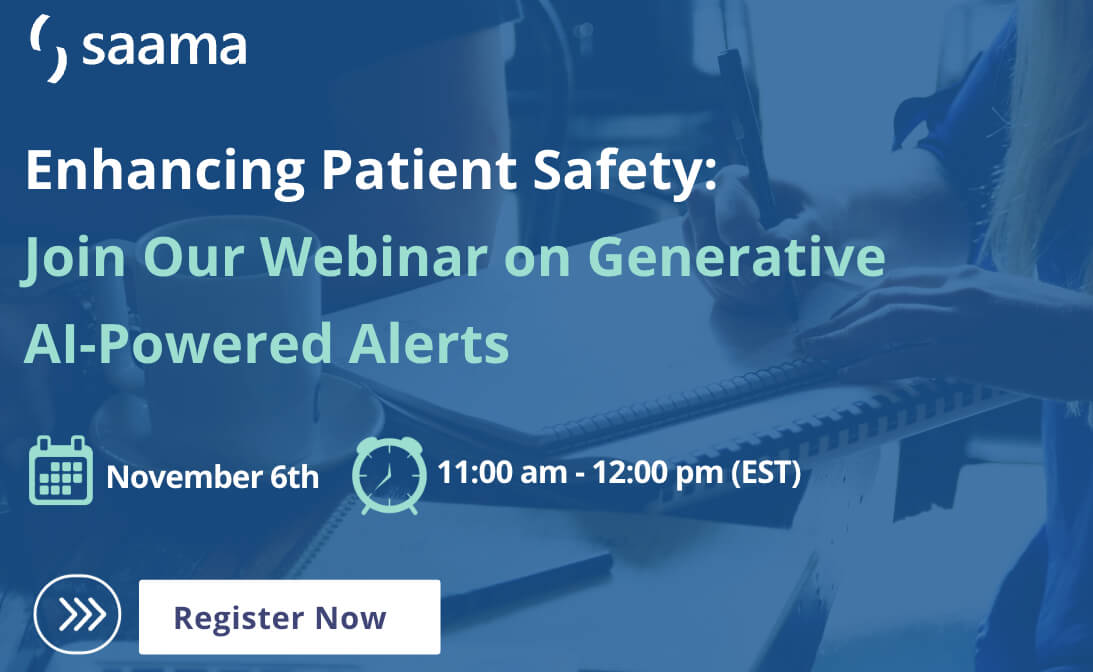The ACDM AI/ML Conference, held from June 23- 24 2025 in Frankfurt, Germany, offered a reality check on where the life sciences industry truly stands with AI. While the technology continues to evolve rapidly, the conversations in the room told a different story, one filled with challenges, misconceptions, and valuable lessons about what it really takes to succeed with AI.
Here are the key insights I took away from the event:
The Fear Factor Is Still Driving Resistance
Job security concerns came up in nearly every session. The fear that AI could replace human roles is not just theoretical. It is influencing adoption decisions in very real ways.
That fear stems from a common misunderstanding. The most effective AI implementations do not replace people; they amplify them. AI excels at automating repetitive tasks, surfacing insights faster, and supporting better decisions, while human judgment remains central.
Agentic AI: A Tool, Not a Threat
A highlight of the conference was a demonstration from Pfizer and Boehringer Ingelheim, using a role-play format to showcase how Agentic AI works. A data manager provided a prompt to an “agentic boss,” who then delegated tasks to other agents.
This simple setup drove home a powerful point. Agentic AI does not remove humans from the loop: it gives them more control by turning routine tasks into automated, intelligent workflows, so teams can focus on strategic decisions.
See how Saama’s AI reduces SDTM mapping time by 75% in our latest webinar
Learning to Prompt Is the New Skillset
As AI adoption increases, crafting effective prompts is becoming an essential capability. The ability to communicate clearly with AI tools can significantly impact the quality of results. This presents an opportunity for organizations to equip users with persona-specific guidance on prompt creation. Practical frameworks or prompt libraries could go a long way in supporting clinical, regulatory, or data-focused teams.
Change Management Is the Hardest Part
While technology readiness is high, human readiness is still catching up. The biggest adoption barrier is not the capability of AI but the ability of teams and leadership to adapt.
Speakers emphasized the importance of end-user understanding and organizational buy-in. Even the best AI tools will underperform if users do not know how to apply them, or if workflows are not adjusted to fit new processes. Change management must be embedded from the start, and expectations should be grounded in reality. Implementing AI takes effort, clarity, and culture change.
Data Quality Still Determines Success
The conference reinforced a key truth: AI is only as good as the data it receives. In a field full of unstructured, fragmented, and legacy data, even the most capable AI needs strong foundations to be effective.
This is where human oversight is irreplaceable. AI can surface patterns and flag anomalies, but it lags in understanding clinical nuance or regulatory context. Domain expertise is essential to interpret results, make decisions, and ensure data integrity.
Saama’s Approach: Human-in-the-Loop by Design
We were proud to see how closely the conference conversations aligned with Saama’s approach to AI. Our solutions are built to support and amplify human expertise, not to replace it.
I demonstrated Smart Data Quality (SDQ), highlighting how it cuts query time from 30 to 3 minutes with suggested queries for data manager review, while Patient Insights flags safety concerns with medical reviewers maintaining full control.
My colleague Panikos Christofi (Associate VP, Customer Success), presented our Agentic AI platform that detects trends and predicts risks while keeping humans in charge of all decisions.
As AI evolves, our focus stays clear: enable smarter decisions, always with humans in the loop.
The Path Forward
The future of AI in life sciences will not be defined by machines working alone. It will be shaped by strong partnerships between human intelligence and artificial intelligence.
At Saama, we are committed to helping life sciences organizations navigate this transition. When human expertise and AI work together, we can accelerate innovation, reduce costs, and bring life-changing therapies to patients faster.
We left ACDM encouraged, but also reminded that the industry is still early in its AI journey. Those who invest now in understanding, preparation, and thoughtful implementation will be the ones leading tomorrow. Discover how to get AI-powered insights while keeping human judgment at the center of every decision, contact us at [email protected].
